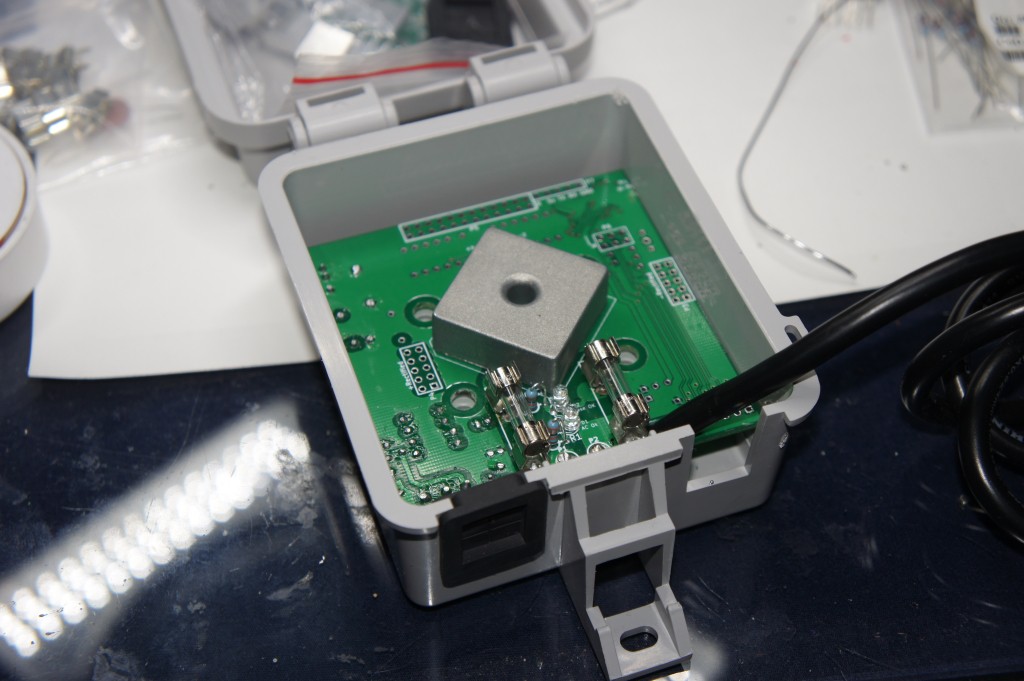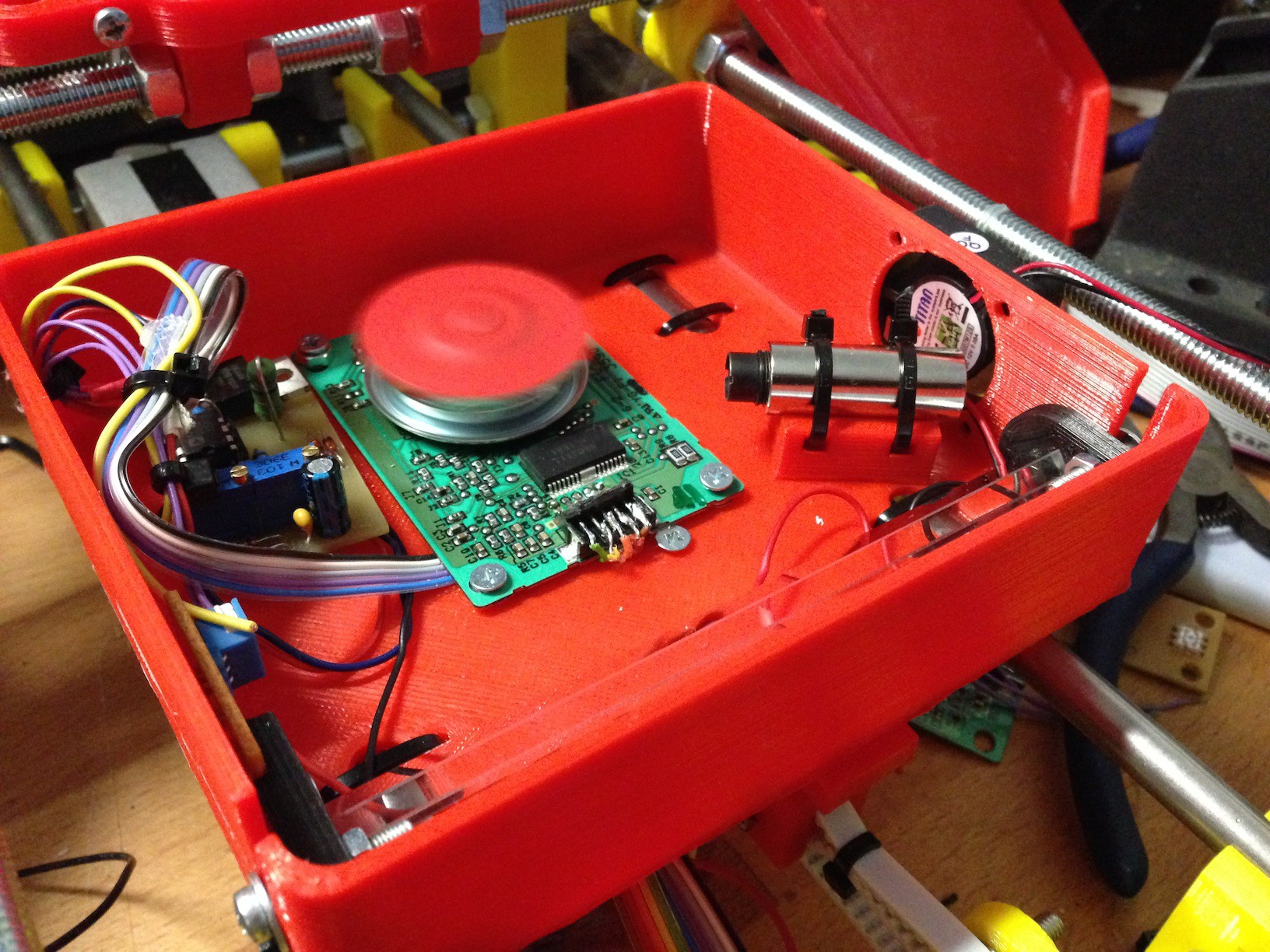In this Hacklet, we take a quick look at the Sci-Fi Contest, play with high voltages, and fire the laser(s)!
Sci-Fi Contest Roundup

Our first Hackaday Projects contest has come to a close! We discussed many of the projects on the blog, the winners were announced, and the loot is now being distributed. All of the completed submissions can be viewed using the Sci-Fi-Contest-Complete tag. Thanks to everyone who entered, it was fun to see what you came up with!
Now For a Real Contest

Don't get us wrong, we had a blast with the Sci-Fi Contest. But what if something huge were on the line? What about a trip to space and the chance to change the world? The Hackaday Prize was launched a few weeks ago. Get serious about winning it. At the worst you will contribute something awesome to the Open Hardware community. At best you'll claim The Hackaday Prize.
Make sure to get your project up on hackaday.io for your chance at that trip to space and a truckload of other awesome prizes.
Switching Mains
Mains electricity is the kind that comes out of a wall outlet. It's AC, high voltage, and can be dangerous if mishandled. There are a lot of reasons to switch mains in your project. Home automation projects that control lights and appliances are one but example.

Some hacks make you say "why didn't I think of that?" [AlanW]'s Opto-isolated AC Mains Switch definitely fits into that category. It uses an off the shelf light sensitive switch and an LED to turn mains on and off. This way, he can use a certified device on the high voltage side, and control it with an Arduino.
Optoisolators connect circuits using light instead of wires. This can increase safety, since no electrical connection is made between the two circuits. The use of an LED and light detector creates this type of isolation. It's a cheap way to safely control high voltages.
If you're more adventurous and want to play with high voltages, the Raptor12 AC Light Controller by [Travis K.] is worth a look. This controller uses an NRF radio module to communicate with a controller. The low voltage control section of the circuit is powered directly from mains, after passing through the bridge rectifier. The result is a nice form factor that can switch and dim 12 channels of lights.
However, there's no isolation here. This makes the Raptor12 cheap and small, but you need to know what you're doing to build it safely.
Light Amplification by Stimulated Emission of Radiation (or LASER for short)
Laser hacks can be cool looking, useful, and sometimes both. Time to put on some protective eyewear and take a look at laser hacks.
The OpenExposer by [Mario Lukas] fits into the category of useful laser builds. It's an open source tool for laser-exposing things such as photosensitive resin and etch resist layers. This means it can be used for stereolithography 3D printing and etching PCBs. The Arduino compatible tool uses a simple protocol to communicate with a host computer, which uses a Python application to control the device.

If you're in the market for a giant laser, but don't have the budget, [ThunderSqueak]'s Low Cost CO2 Laser might meet your requirements. It's based off a neon sign transformer and a variety of parts from the local hardware store. The main parts are a laser gas tube surrounded by a cooling jacket. This is still a work in progress, but we're looking forward to seeing how it turns out. We also covered this on the blog last week.
Keep on hacking,
The Hackaday Projects Team
 Eric Evenchick
Eric Evenchick

Discussions
Become a Hackaday.io Member
Create an account to leave a comment. Already have an account? Log In.